What is the production process of black square tin?
Black square tin is ubiquitous in all walks of life and is suitable for packaging and storing tea, minor hardware cosmetics, etc. Their durability makes them a popular choice for consumers and brand manufacturers. In this guide, you will look at the production process of Tsing black square tin and tell you why it can be durable enough and of good quality.
Material selection for black square tin
The first step in the production process of black square tins is to choose the suitable material. Usually, these tins are made of tinplate. This material provides the strength, corrosion resistance, and ductility required to make the tins. After sourcing high-quality tinplate, Tsing ensures that its thickness and tin plating parameters meet industry standards after rigorous testing to confirm whether it is suitable for further processing. In addition to the substrate, the choice of black coating is also crucial. And Tsing will use food-grade inks designed specifically for tinplate applications, all of which have passed international certifications such as FDA and LSGB to ensure good adhesion and provide a smooth and uniform surface.
Coating and printing of black square tin
After the material preparation is completed, the next step is to coat and print the tinplate. The coating process involves multiple layers, starting with a primer to ensure a certain degree of adhesion. The primer also acts as a protective layer against corrosion. After the primer is applied and cured, the black coating is added. Tsing will be completed through various methods, including spraying, dipping, or electrostatic coating, and the required surface treatment and production requirements will determine the specific process.
Once the black coat has been applied and dried, printing can begin. At this stage, logos, product information and graphic designs are added using printing techniques such as offset or digital printing. The entire printing phase involves several stages of curing and quality checks to ensure that the final requirements are met. In addition, it undergoes various tests to ensure that it maintains its good appearance during use.
Cutting and shaping tinplate
After printing is completed, the next step is to cut and shape the tinplate into the required size. It starts with unrolling the tinplate roll and cutting it into sheets of specific sizes. The cut sheets are then fed into a forming machine to form the preliminary components of the black square can – the can body, lid, and bottom. The entire process involves several steps, including:
Cutting: Cutting the tinplate into the specific shapes required for the can body, lid, and bottom.
Forming: Using a mechanical press to bend and shape the blank into a square shape and create a sealed edge.
Joining: Using mechanical interlocking and welding or welding to connect the edges of the container to form a complete square container.
Throughout the process, Tsing uses automated equipment and professional technicians to work together to monitor the process to ensure quality standards.
Quality Inspectins
Quality control is an integral part of the manufacturing process for black square tins and other types of tins and involves a series of rigorous checks and tests at each production stage.
The entire batch of tins is checked for color consistency. The entire batch of tins is checked for color consistency. The printed black must be uniform and consistent, with no noticeable variations in chroma or intensity. At the same time, the relevant inspectors check the alignment of the printed patterns, logos and text. The surface of each tin is also checked for defects such as scratches, smudges, or ink marks. The tin’s height, width, and overall shape are checked for size and accuracy. To ensure that the print adheres firmly to the surface of the tin, Tsing also conducts adhesion tests. This involves applying and removing tape to see if any ink falls off. The cans are also tested for abrasion resistance to assess the durability of the print to wear and tear. Finally, the glossiness of the printed surface is checked to ensure that it meets the required specifications.
Assembly
After completing the quality inspection, the assembly of the black square tin begin, which involves assembling the formed can body, can lid, and can bottom together.
The body of the black square tin be achieved by welding or bonding. Welding is commonly used for metal tins to ensure solid and leakproof seams. After the can body is formed, it is shaped into a square shape using a mechanical press. The pre-formed bottom part is then positioned and sewn to the can body, which uses a double seam process that involves rolling the edges of the can body and bottom together and compressing them to form a tight, leakproof seal. Depending on the design of the can, the lid is either permanently seamed or designed to be removable. For non-removable lids, the lid is securely fastened using a double-seam process. Removable lids usually feature a snap-on design or threaded sections for easy opening and closing. After assembly, a leak test ensures that the seams are properly sealed and the tin is airtight.
Guaranteeing manufacturing standards at every stage
From material selection to final packaging and delivery, Tsing pays attention to details and strives to be perfect in every link. From design, mold making to production, we provide one-stop service. At the same time, we can achieve high-efficiency output of 15 days for mold making, 3 days for samples, and 20 days for shipment.

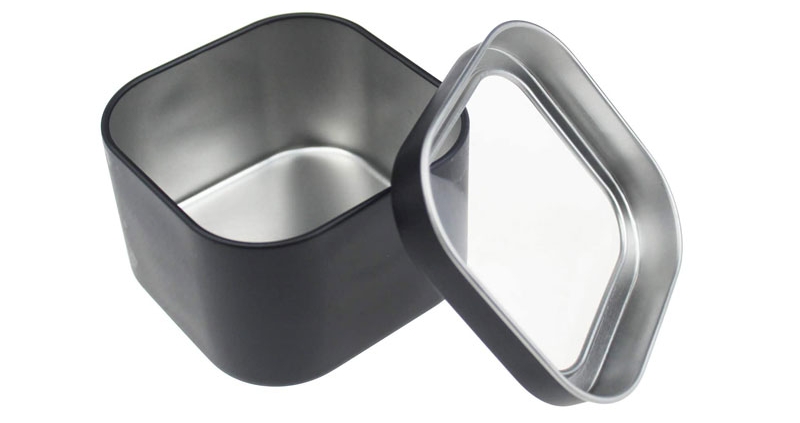
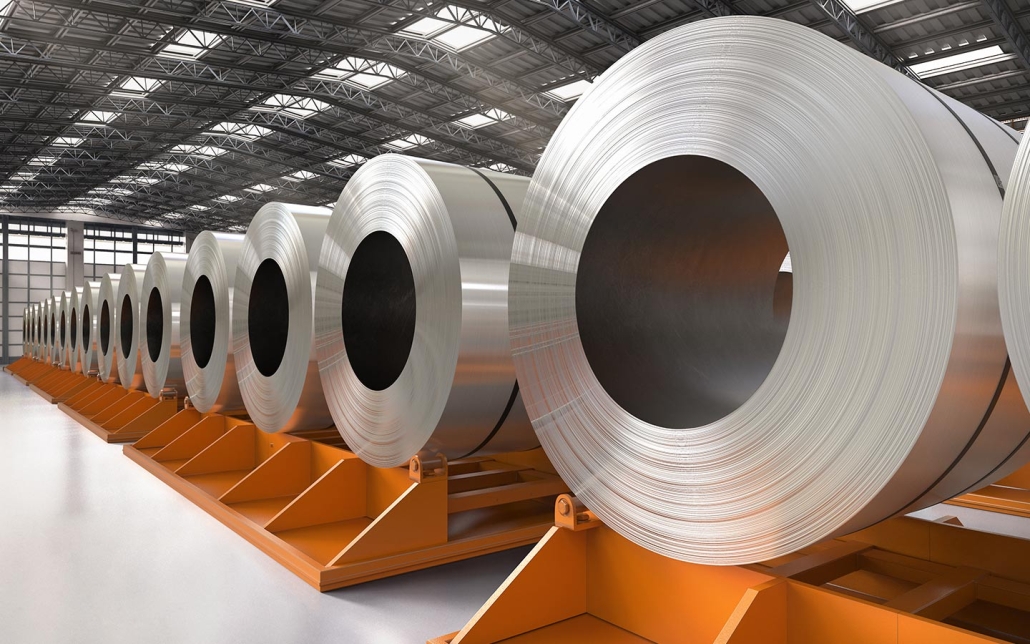
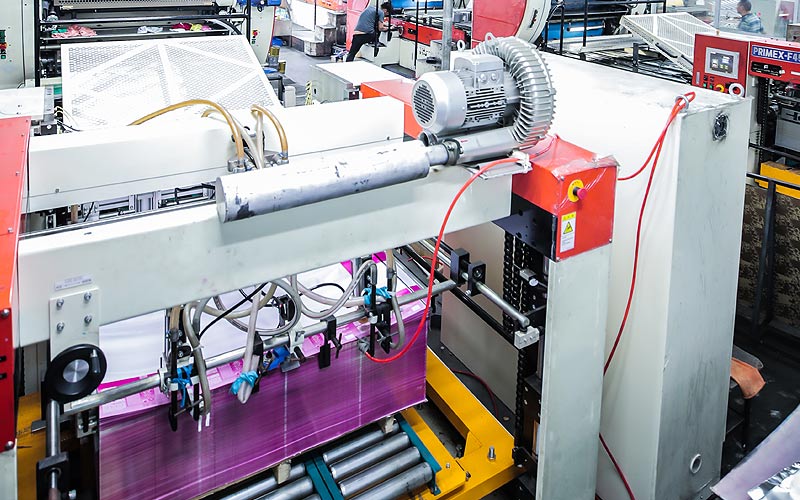
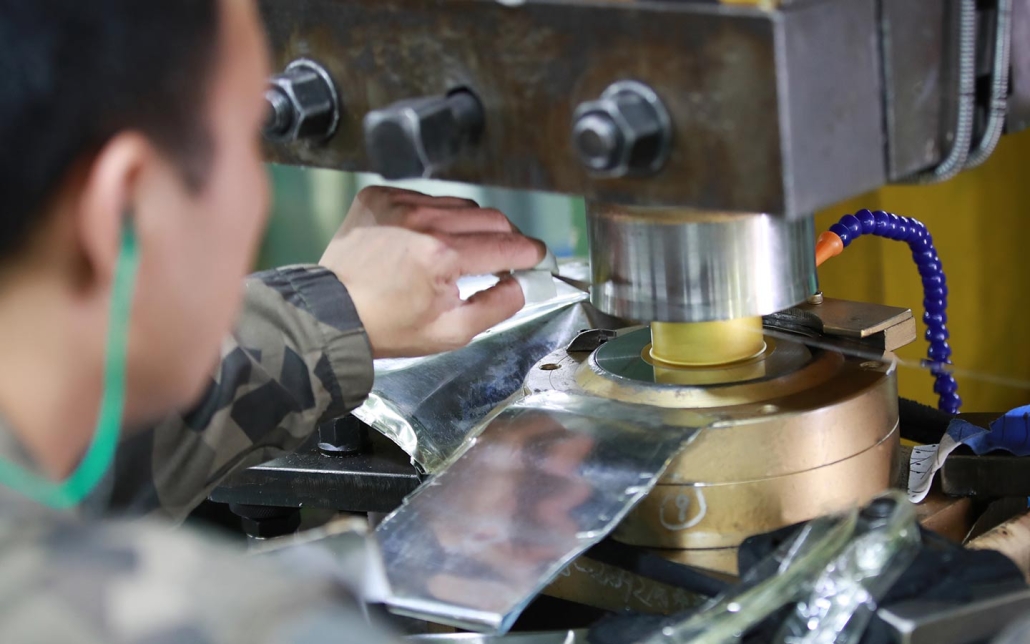
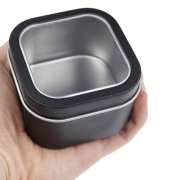
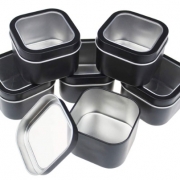
 Facebook
Facebook Twitter
Twitter Linkedin
Linkedin
